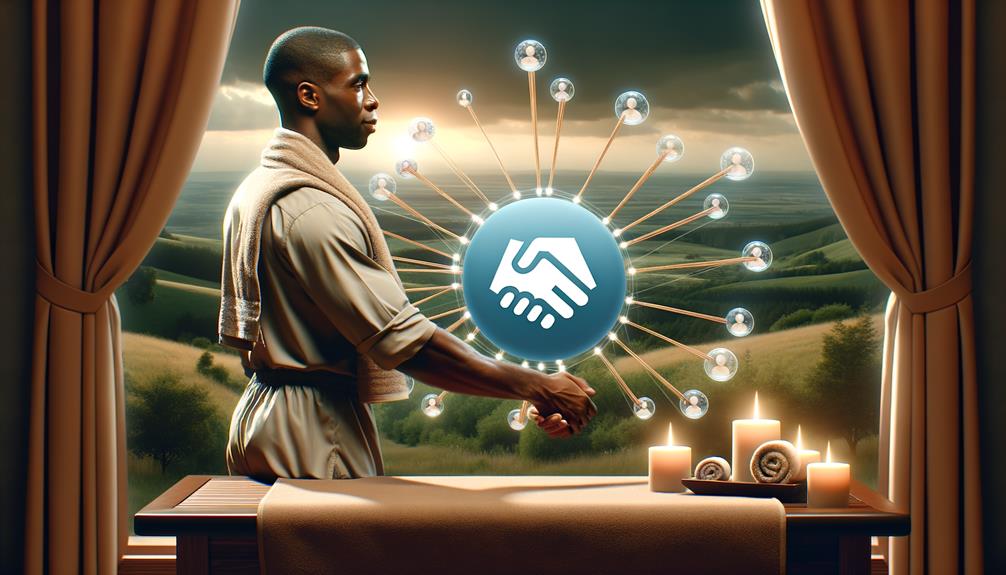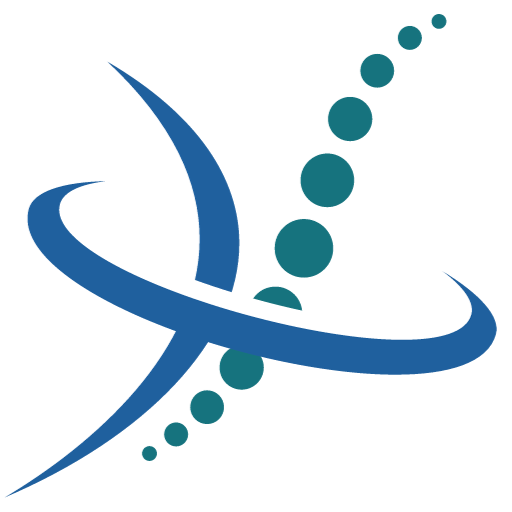In today’s digital age, professional networking platforms like LinkedIn have become invaluable tools for various industries, including massage therapy. As a licensed massage therapist with over a decade of experience, I’ve witnessed firsthand the transformative power of LinkedIn in our field. This guide will explore how massage therapists can leverage LinkedIn to expand their professional network, enhance their business, and stay connected with industry trends.
Establishing Your Professional Profile

Your LinkedIn profile serves as your digital business card, showcasing your expertise and professionalism. Here are key steps to optimize your profile:
- Professional Photo: Use a high-quality headshot that conveys approachability and trustworthiness.
- Compelling Headline: Craft a headline that includes your specialties, certifications, and location. For example: “Licensed Massage Therapist | Specializing in Deep Tissue & Sports Massage | Chicago, IL”
- Detailed Summary: Write a comprehensive summary highlighting your experience, specialties, and approach to massage therapy.
- Skills and Endorsements: List relevant skills such as “Deep Tissue Massage,” “Swedish Massage,” or “Myofascial Release,” and seek endorsements from colleagues and clients.
- Certifications and Continuing Education: Showcase your commitment to professional development by listing relevant certifications and courses.
Building Your LinkedIn Network
Expanding your network on LinkedIn can lead to valuable connections and opportunities:
- Connect with Colleagues: Connect with fellow massage therapists, instructors, and mentors from your training or professional associations.
- Join Professional Groups: Participate in groups like the “Massage Learning Network” and “American Massage Therapy Association” to engage with peers and stay updated on industry discussions.
- Follow Influential Figures: Connect with thought leaders in the massage therapy field to gain insights and stay informed about industry trends.
- Engage Actively: Regularly comment on posts, share relevant content, and contribute to discussions to increase your visibility and establish yourself as an engaged professional.

Engaging With Relevant Content

Positioning yourself as an authority in massage therapy involves sharing your knowledge and insights:
- Write Articles: Publish articles on topics like “The Benefits of Regular Massage for Stress Reduction” or “Understanding Different Massage Techniques.”
- Share Industry News: Keep your network informed about the latest research, techniques, or regulations in massage therapy.
- Post Client Success Stories: With permission, share anonymized case studies demonstrating the positive impact of your work.
- Create Video Content: Showcase proper stretching techniques or self-massage methods to provide value to your connections.
Leveraging LinkedIn Groups
While maintaining professional boundaries, LinkedIn can be a powerful tool for attracting new clients:
- Optimize for Local Search: Ensure your profile includes your location and service area to appear in local searches.
- Showcase Client Testimonials: Feature positive client feedback (with their permission) in your recommendations section.
- Highlight Specialties: Communicate your areas of expertise, such as sports massage, prenatal massage, or pain management.
- Engage with Complementary Professionals: Network with physiotherapists, chiropractors, and wellness coaches who may refer clients to you.
Utilizing LinkedIn to Gain Clients

As massage therapists, it’s crucial to maintain a professional demeanor on LinkedIn:
- Separate Personal and Professional: Keep your LinkedIn profile focused on your professional life and accomplishments.
- Respect Client Privacy: Never discuss specific client cases or share identifiable information without explicit consent.
- Adhere to Ethical Guidelines: In all your LinkedIn interactions, follow the code of ethics set forth by professional bodies like the American Massage Therapy Association (AMTA) or the Associated Bodywork & Massage Professionals (ABMP).
LinkedIn offers massage therapists a powerful platform to build their professional network, showcase their expertise, and grow their practice. By consistently engaging with the platform and providing value to your connections, you can establish yourself as a trusted professional in the massage therapy community. Remember, success on LinkedIn comes from genuine engagement and a commitment to ongoing learning and professional development.
Frequently Asked Questions
Why Is Networking Important for Massage Therapists?
As a massage therapist, I must connect with others in my field. It’s like a window to new opportunities, potential collaborations, and even a chance to get more clients through word of mouth. Plus, the great thing about networking is that it keeps me from feeling too isolated in my work. It also keeps me in the loop about what’s hot in the industry and boosts my professional reputation.
How Do I Book Clients for Massage?
Getting clients for my massage services doesn’t have to be a huge chore. I find it’s all about effective marketing and building solid relationships. For instance, I might offer special deals or discounts to attract interest. Once I’ve got people through the door, I keep communication open and friendly. This helps build trust and encourages repeat business. And let’s not forget about the power of a good review. When my clients are happy with their experience, I invite them to share their thoughts online. This boosts my reputation and brings in new clients who trust the positive feedback they see.
How Do I Look Professional as a Massage Therapist?
As a massage therapist, I uphold a professional image by always looking neat and tidy, keeping up with the latest in the industry, respecting the privacy of my clients, and consistently delivering top-tier services. It’s all about ensuring I’m trustworthy and reliable in every interaction.
Can Massage Therapists Be Friends With Clients?
As massage therapists, we can undoubtedly have cordial relationships with our clients, but becoming close friends might complicate things. It’s key to keep up a certain level of professionalism to ensure our sessions remain beneficial and therapeutic.



